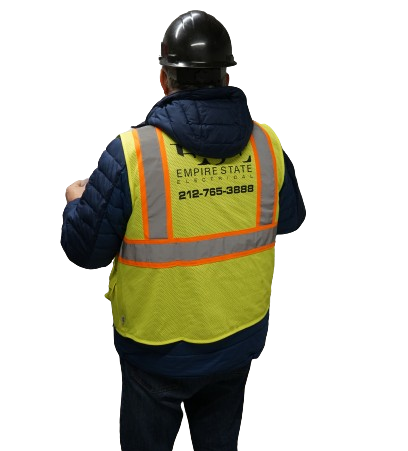The Future of NYC Construction: Why Developers and GCs Should Pay Attention to Geothermal and All-Electric Buildings
The Future of NYC Construction: Why Developers and GCs Should Pay Attention to Geothermal and All-Electric Buildings New York City’s construction landscape is changing fast, and developers and general contractors need to stay ahead of the curve. With rising energy costs, stricter emissions regulations, and increasing demand for sustainability, the shift toward geothermal and all-electric buildings is no longer optional—it’s the future. For those planning new developments or managing large-scale renovations, understanding these technologies isn’t just about compliance—it’s about long-term cost savings, market demand, and maximizing property value. The Riverie: NYC’s Largest Geothermal Residential Project One of the most ambitious projects leading the way is The Riverie, a two-tower residential development in Greenpoint, Brooklyn. With 834 units (30% affordable housing), this will be the city’s largest geothermal-powered apartment complex. Instead of traditional HVAC systems, The Riverie’s design includes 300 deep geothermal wells (drilled nearly 500 feet underground) to provide energy-efficient heating and cooling. The result? Lower operating costs: Reduced reliance on gas and fossil fuels means significant long-term savings. More attractive to tenants: Energy-efficient buildings are increasingly in demand, especially with rising utility costs. Regulatory compliance & incentives: NYC’s Local Law 97 mandates steep carbon emissions reductions for large buildings by 2030, and projects that implement geothermal solutions may qualify for tax credits and rebates. The project also features a public waterfront esplanade built for flood resilience, reinforcing how sustainable design isn’t just about energy—it’s about future-proofing assets. The Alloy Block: NYC’s First All-Electric Skyscraper Another project setting new standards is The Alloy Block, specifically its 505 State Street tower in Downtown Brooklyn. This 44-story building is completely gas-free, powered by: High-efficiency electric water heaters Induction cooktops Heat pump dryers This forward-thinking approach is a direct response to Local Law 154, which will ban gas in new buildings under seven stories by 2026 and taller buildings by 2029. For developers and GCs, this means the time to shift to all-electric systems is now. Early adoption ensures compliance, cost efficiency, and a competitive edge in securing financing, tenants, and buyers. Why This Matters for Developers and GCs With NYC’s aggressive push for sustainability, projects that fail to adapt will face: Higher operating costs from inefficient energy systems. Difficulties securing financing, as many lenders now prioritize sustainability factors. Delays and redesign costs when trying to meet evolving regulations at the last minute. On the flip side, embracing geothermal and all-electric designs opens up new opportunities for cost savings, incentives, and market differentiation. Projects like The Riverie and The Alloy Block aren’t just meeting codes—they’re setting a new benchmark for energy-efficient, future-ready developments. The Bottom Line The future of NYC construction is clear: geothermal and all-electric buildings are here to stay. Developers and GCs who integrate these technologies early will reduce risk, increase property value, and position themselves as leaders in sustainable development. The time to make the shift is now. The only question is: Are you ready to build for the future?





